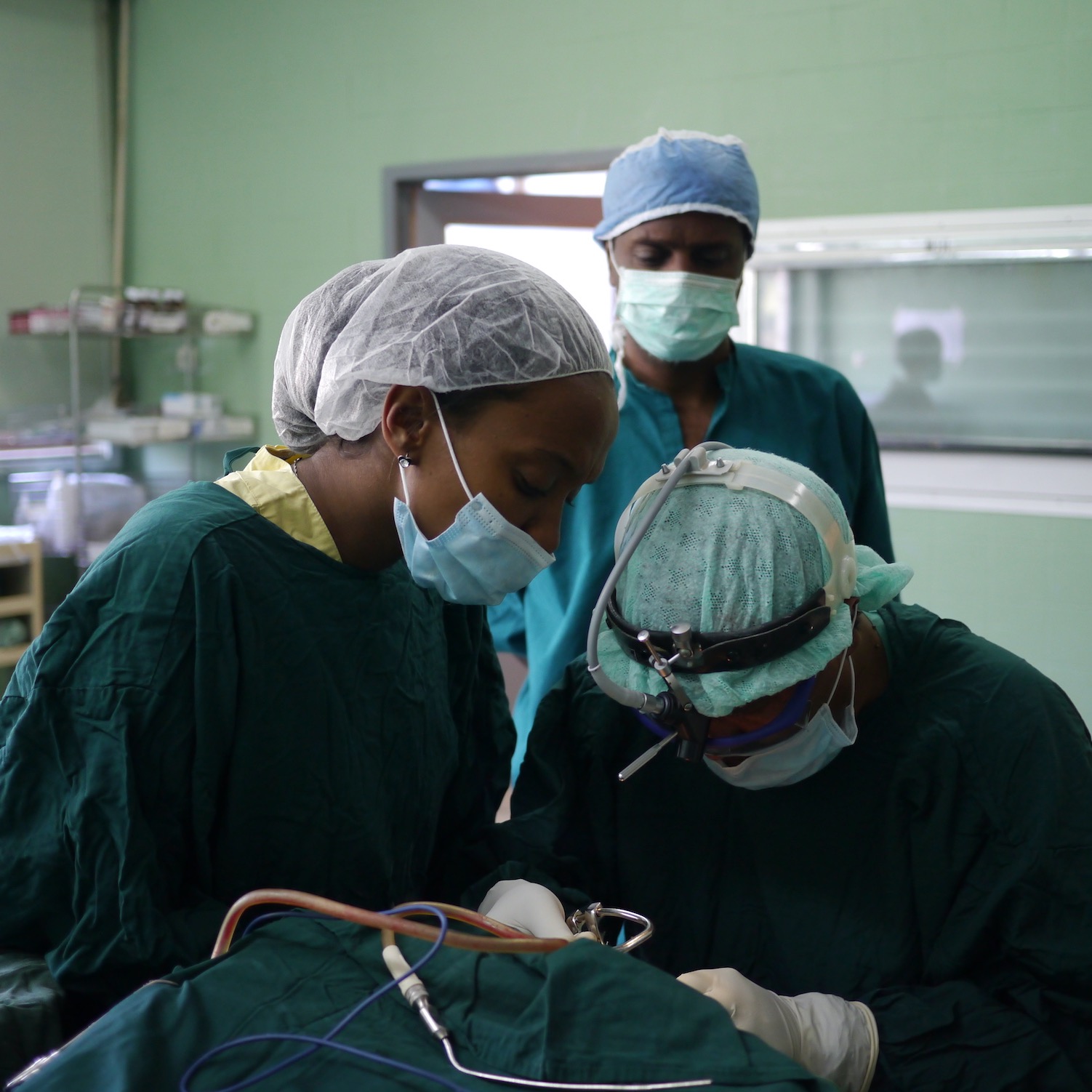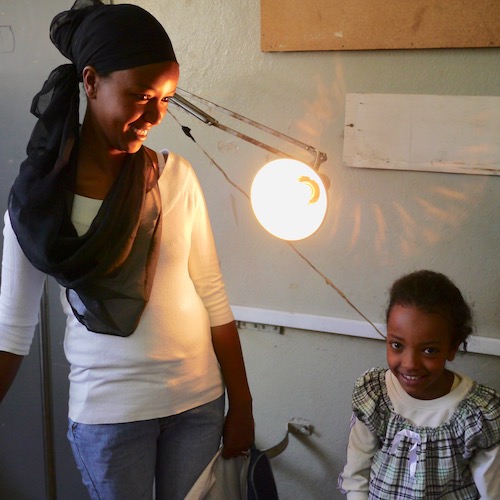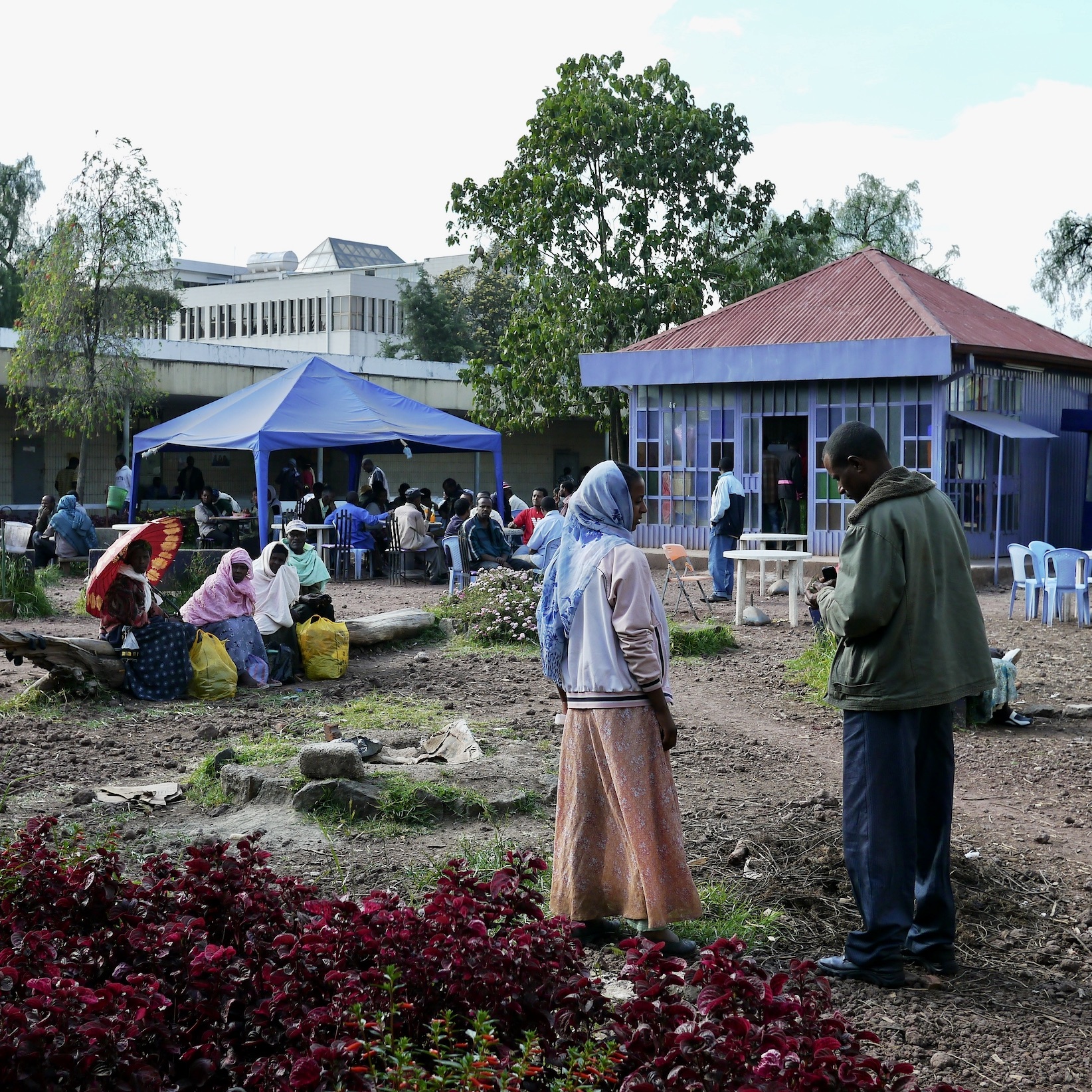Next Mission – Addis Ababa Ethiopia
August 2024
Background – Cleft Palate and Its Prevalence in Ethiopia
What is Cleft Palate?

A cleft palate is a congenital deformity that occurs when the roof of the mouth (palate) does not fuse together properly during fetal development. This condition results in an opening that can extend into the nasal cavity, causing various complications. These complications include difficulties with feeding, speech, hearing, and frequent ear infections. A cleft palate can occur on its own or alongside a cleft lip, which is an opening in the upper lip
Prevalence of Cleft Palate in Ethiopia
Cleft palate is a significant health issue in Ethiopia, as in many developing countries. The prevalence of cleft palate and cleft lip varies widely across different populations and regions. In Ethiopia, estimates suggest that the incidence of cleft lip and palate is about 1 in 1,000 to 1 in 2,500 live births. Given Ethiopia’s large population, this translates to thousands of children born with this condition each year.
Causes and Risk Factors

The exact cause of cleft palate is multifactorial, involving a combination of genetic and environmental factors. Some of the known risk factors include:
- Genetics: A family history of cleft palate increases the risk.
- Nutritional Deficiencies: Poor maternal nutrition, particularly a lack of folic acid, has been linked to higher rates of cleft palate.
- Environmental Factors: Exposure to certain substances during pregnancy, such as alcohol, tobacco, and certain medications, can increase the risk.
- Infections: Maternal infections during pregnancy can contribute to the occurrence of cleft palate.
The Importance of Cleft Palate Surgery
Surgical intervention is essential for children born with a cleft palate. Surgery not only repairs the physical defect but also significantly improves the child’s quality of life by addressing feeding, speech, and hearing issues. Early surgical intervention, typically performed between 6 to 18 months of age, is crucial for optimal outcomes.
Cost of Cleft Palate Surgery
The cost of cleft palate surgery varies widely depending on the region, the complexity of the case, and the healthcare infrastructure. In high-income countries, the cost of cleft palate repair can range from $5,000 to $10,000 per surgery. However, in Ethiopia and other low-income countries, the cost is often lower due to different economic conditions and healthcare practices. Despite lower costs, the expense can still be prohibitive for many families without external support.
Mission to Ethiopia: Making a Difference

The upcoming mission to Ethiopia by our surgical team aims to address this critical healthcare need by providing free cleft palate surgeries to children in need. This mission not only brings life-changing medical care but also raises awareness about the condition and promotes local capacity-building. By partnering with local healthcare providers and organizations, the mission seeks to ensure sustainable improvements in the management and treatment of cleft palate in Ethiopia.
Conclusion
Cleft palate is a prevalent and challenging condition in Ethiopia, with significant implications for affected children and their families. Through dedicated efforts and international collaborations, missions like this one are pivotal in providing essential surgical care and fostering long-term improvements in healthcare delivery. By addressing both the immediate surgical needs and contributing to local healthcare infrastructure, these missions play a vital role in transforming lives and communities.


